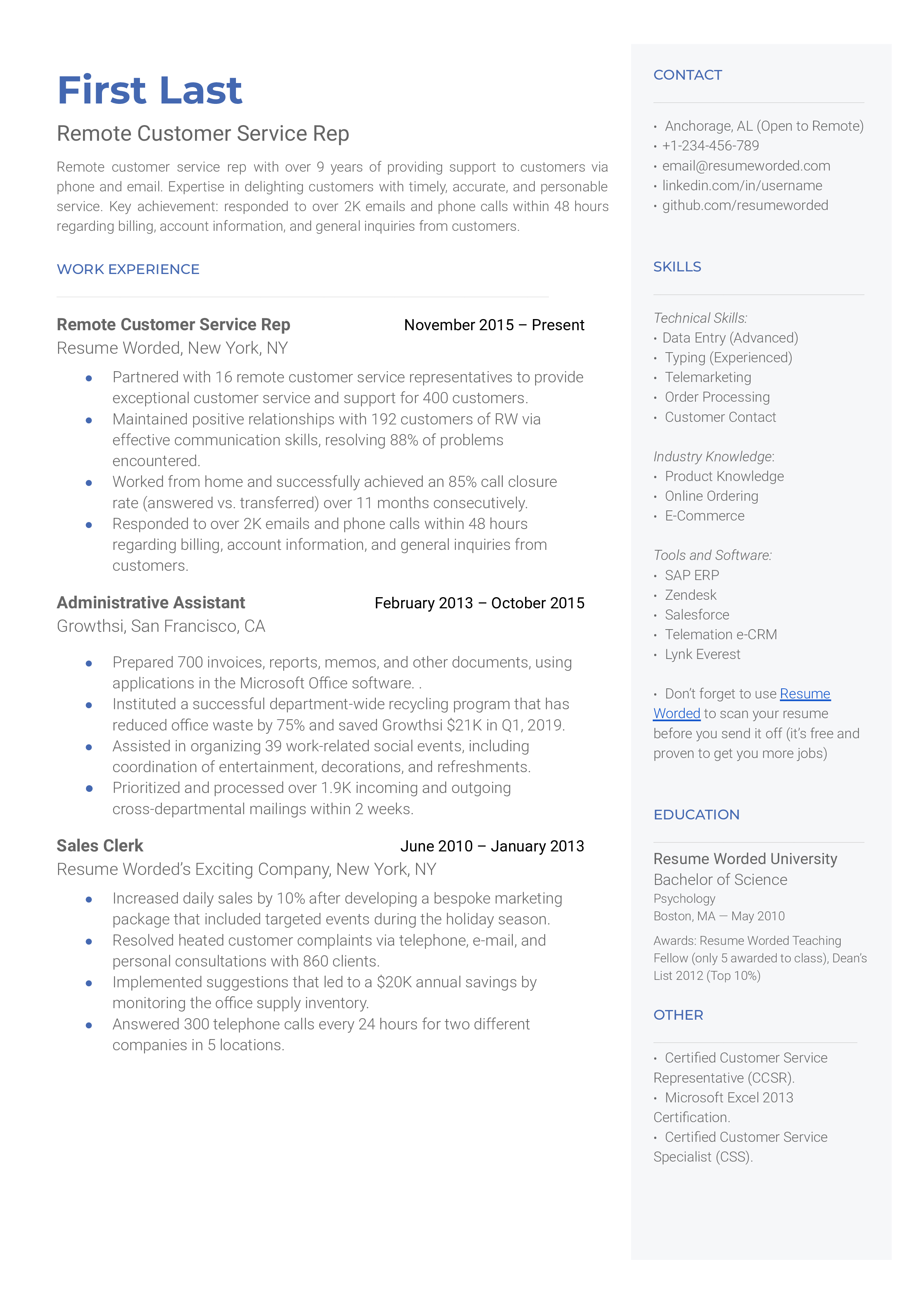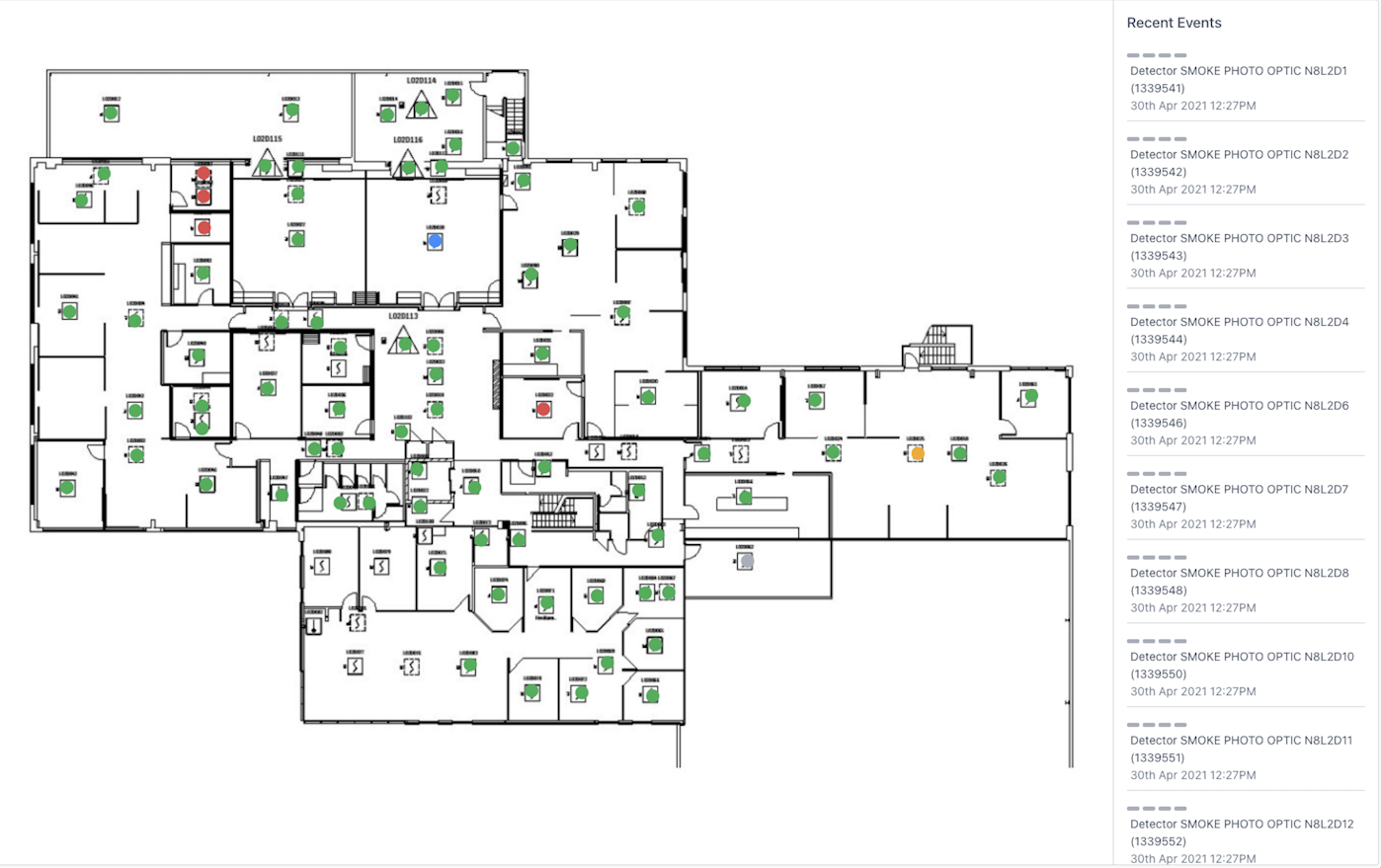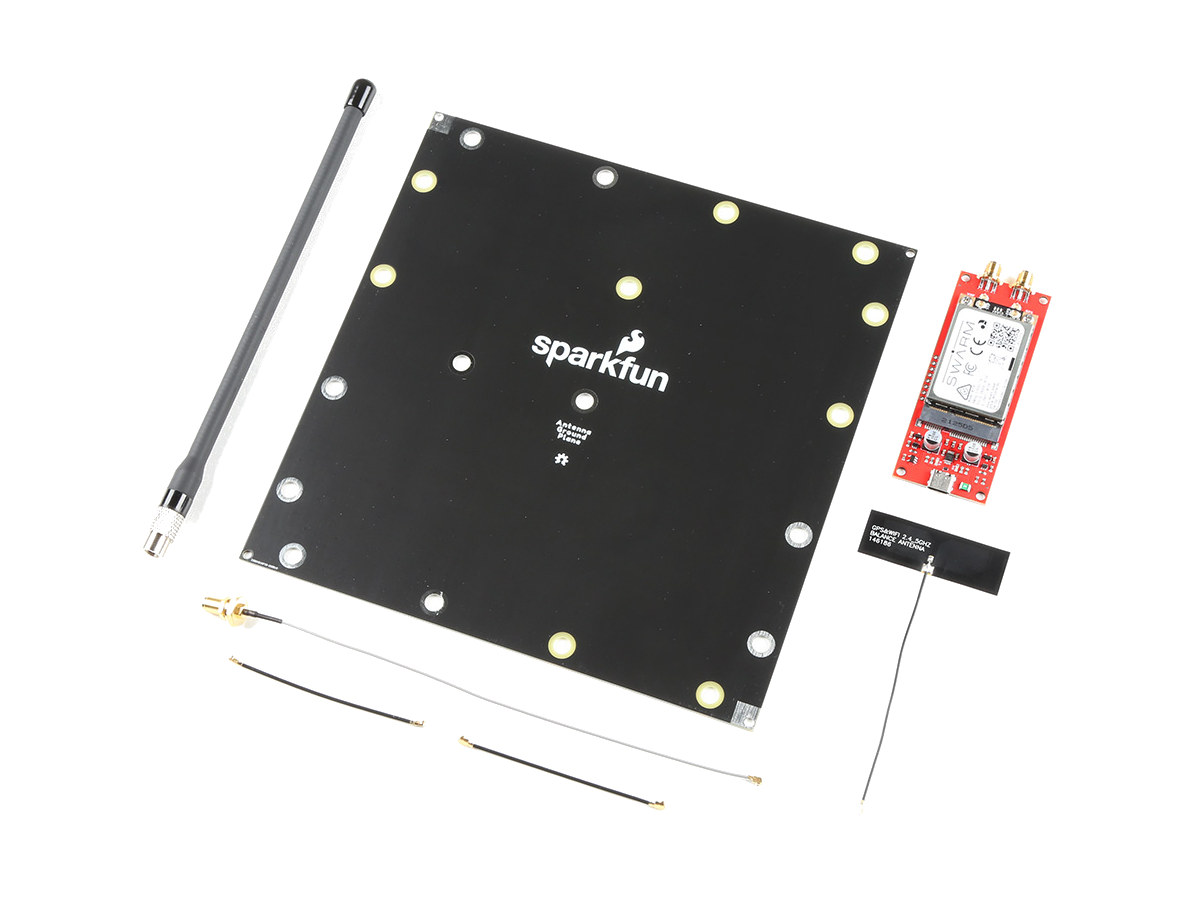Remote IoT Batch Jobs: Examples & How They Boost Efficiency
In a world teeming with interconnected devices, how can businesses keep pace with the relentless influx of data and extract actionable insights without being overwhelmed? The answer lies in harnessing the power of remote IoT batch jobs a strategy that promises to revolutionize data management and operational efficiency.
The Internet of Things (IoT) has rapidly evolved from a futuristic concept to a fundamental pillar of modern industry. From smart homes to sophisticated industrial systems, the proliferation of connected devices is generating data at an unprecedented scale. This deluge of information, while rich with potential, presents a significant challenge: how to efficiently process, analyze, and utilize this data to drive informed decision-making and fuel business growth? Efficiently managing and analyzing this data is crucial for businesses aiming to uncover actionable insights and foster growth. Remote IoT batch jobs play a vital role in simplifying this complex process, empowering organizations to handle extensive datasets with precision and reliability.
This article explores the intricacies of remote IoT batch jobs, offering a comprehensive overview of their advantages, practical applications, and essential strategies for successful implementation. Whether you are a seasoned developer, an IT professional navigating the evolving technological landscape, or a business leader seeking to optimize operational efficiency, this guide equips you with the knowledge and tools necessary to seamlessly integrate remote IoT batch jobs into your existing workflows. We will delve into real-world examples, address potential challenges, and highlight emerging trends, providing a roadmap for leveraging the full potential of IoT data. From the bustling streets of smart cities to the intricate machinery of industrial automation, discover how remote IoT batch jobs are transforming the way we interact with and derive value from our connected world.
Table of Contents
- Understanding Remote IoT Batch Jobs
- Why Remote IoT Batch Jobs Matter
- Practical Examples of Remote IoT Batch Jobs
- Key Benefits of Remote IoT Batch Jobs
- Addressing Challenges in Implementation
- Essential Tools for Remote IoT Batch Processing
- Best Practices for Implementation
- Security Measures for Remote IoT Batch Jobs
- Real-World Case Studies
- Emerging Trends in Remote IoT Batch Processing
Understanding Remote IoT Batch Jobs
A remote IoT batch job, at its core, represents a structured, systematic approach to processing IoT data. It entails the pre-defined execution of specific tasks on data sets, often scheduled at regular intervals or triggered by particular events. Unlike real-time data processing, which prioritizes immediate analysis, batch jobs are designed to handle substantial volumes of accumulated data. This characteristic makes them uniquely suited for scenarios where immediate processing isn't critical, allowing for optimized resource utilization and enhanced efficiency.
Key Features of Remote IoT Batch Jobs
- Scalability: The ability of remote IoT batch jobs to handle vast quantities of data is a defining feature. They can process extensive datasets without performance degradation, adapting seamlessly to the ever-growing volume of information generated by connected devices.
- Automation: Automation lies at the heart of remote IoT batch jobs. By automating data processing tasks, these jobs significantly reduce the need for human intervention, minimizing the risk of manual errors and freeing up valuable human resources for higher-level activities.
- Flexibility: Remote IoT batch jobs offer a high degree of flexibility, allowing organizations to tailor them to meet specific business requirements. This adaptability ensures optimal performance and the ability to respond effectively to changing data processing needs.
Organizations can significantly improve efficiency, reduce operational costs, and boost overall productivity by integrating remote IoT batch jobs into their workflows. They transform complex data into actionable insights, driving better decision-making and fostering innovation.
Why Remote IoT Batch Jobs Matter
In today's data-rich environment, remote IoT batch jobs are indispensable for businesses seeking to effectively manage and analyze vast datasets. Their significance extends beyond mere data processing; they represent a strategic advantage, offering a multitude of benefits that contribute to improved operational efficiency and informed decision-making. These jobs are the backbone of data-driven initiatives.
- Ullu Webseries Movierulz Risks Legality Alternatives
- Cole Sturgis From Little Rock To Stardom A Rising Stars Journey
The advantages of remote IoT batch jobs are numerous, including improved data accuracy. By automating the repetitive, error-prone tasks often associated with manual data processing, batch jobs minimize the potential for human error, ensuring data integrity and reliability. Furthermore, remote IoT batch jobs lead to reduced processing time. Their ability to efficiently handle large datasets allows for faster analysis, enabling businesses to gain insights more quickly and respond to market changes with agility. These jobs are also central to enhanced operational efficiency, freeing up valuable resources and allowing organizations to focus on strategic initiatives rather than being bogged down by routine data management tasks. This shift in focus fosters innovation, enables the exploration of new opportunities, and ultimately drives business growth. As reliance on IoT technologies continues to grow, the significance of remote IoT batch jobs is expected to increase exponentially in the coming years.
Applications of Remote IoT Batch Jobs
- Data aggregation and in-depth analysis
- Automated device firmware updates
- Streamlined configuration management
- Comprehensive diagnostic and troubleshooting capabilities
| Category | Details |
| Functionality | Collection, processing, and analysis of large datasets generated by IoT devices. |
| Data Source | IoT devices (sensors, actuators, etc.), cloud platforms, databases. |
| Processing Type | Automated, scheduled, or event-triggered batch processing. |
| Benefits | Cost efficiency, improved accuracy, enhanced scalability, increased productivity. |
| Use Cases | Smart agriculture, industrial automation, smart cities, predictive maintenance. |
| Tools and Platforms | Apache Hadoop, Amazon Web Services (AWS) IoT, Azure IoT Hub. |
| Security Measures | Encryption, access control, regular security audits. |
| Future Trends | Edge computing, AI/ML integration, enhanced security protocols. |
For more information, visit AWS IoT.
Practical Examples of Remote IoT Batch Jobs
To truly understand the capabilities of remote IoT batch jobs, it's essential to consider real-world applications. The following examples illustrate their versatility and impact across different industries.
Data Aggregation and Analysis
IoT devices generate massive amounts of data, which can be overwhelming to process manually. Remote IoT batch jobs provide an efficient solution by aggregating this data and performing advanced analytical operations. This capability is transformative in various sectors. Consider a smart agriculture system. By leveraging batch jobs, the system can analyze soil moisture levels, temperature readings, and other environmental factors collected from sensors across a field. This analysis enables farmers to optimize crop yields and improve resource utilization, such as irrigation and fertilizer application. The result is a more sustainable and efficient farming operation, leading to higher profits and reduced environmental impact. In this process, data is collected from various sources, aggregated, and then processed through pre-defined algorithms to find actionable insights.
Device Firmware Updates
Managing firmware updates across a network of IoT devices is often a challenging and time-consuming task. Remote IoT batch jobs provide a streamlined solution by automating the update procedure. Batch jobs ensure that all devices are equipped with the latest software versions without requiring manual intervention. This process is essential for maintaining device security, enhancing functionality, and addressing any software vulnerabilities that may arise. For example, in a manufacturing facility, batch jobs can be used to push firmware updates to all the connected sensors and machines. This automation ensures that the entire system remains up-to-date with the latest security patches and performance enhancements. The result is a more secure, reliable, and efficient operation, with reduced downtime and increased productivity.
Key Benefits of Remote IoT Batch Jobs
The integration of remote IoT batch jobs into business operations provides a wealth of advantages, transforming how organizations manage data and make decisions.
- Cost Efficiency: By automating data processing tasks, businesses can significantly reduce labor costs. This automation not only frees up human resources but also lowers the risk of human error, leading to more accurate data analysis. The savings can be substantial, allowing companies to allocate resources more effectively towards strategic initiatives and innovation.
- Improved Accuracy: Automated batch jobs minimize the risk of errors that are often associated with manual data processing. These errors can lead to incorrect insights and flawed decision-making. By automating the process, organizations ensure that their data is accurate, reliable, and can be used with confidence.
- Enhanced Scalability: Remote IoT batch jobs are designed to handle extensive datasets, ensuring consistent performance even as data volumes continue to grow. This scalability allows businesses to adapt to changing needs and expand their operations without being constrained by data processing limitations.
- Increased Productivity: With routine data processing tasks automated, teams can dedicate more time and effort to strategic activities. This shift allows businesses to focus on innovation, improve decision-making, and ultimately drive growth. Teams are able to spend more time on tasks that require creativity and critical thinking.
These benefits make remote IoT batch jobs an essential tool for modern businesses looking to thrive in a data-driven world. They represent a strategic investment that yields significant returns, contributing to greater efficiency, reduced costs, and enhanced productivity.
Addressing Challenges in Implementation
While remote IoT batch jobs offer numerous benefits, it's important to acknowledge the challenges that can arise during implementation. Addressing these challenges proactively is critical for ensuring successful and efficient operations.
- Data Security: Ensuring the security of sensitive data during batch processing is a critical concern. Data breaches can have severe consequences, including financial losses, reputational damage, and legal repercussions.
- Network Latency: Remote processing can be affected by network delays, impacting performance and potentially slowing down critical operations.
- Resource Allocation: Efficiently managing computational resources is essential for optimal batch job execution. Over-allocation can lead to unnecessary costs, while under-allocation can result in delays and performance bottlenecks.
To overcome these challenges, organizations can implement robust security protocols such as encryption, access controls, and regular security audits. Optimizing network configurations, including the use of content delivery networks (CDNs) and efficient data transfer protocols, can mitigate network latency. Leveraging cloud-based solutions for resource management provides flexibility and scalability, allowing organizations to dynamically adjust resources based on demand.
Essential Tools for Remote IoT Batch Processing
The selection of appropriate tools and platforms is crucial for the effective implementation of remote IoT batch processing. Several powerful options are available, each offering unique capabilities to meet diverse organizational needs.
Apache Hadoop
Apache Hadoop is a widely adopted open-source framework for distributed data processing. It excels at handling large datasets across a cluster of computers, enabling organizations to process vast amounts of data efficiently. Its scalability and fault tolerance make it a popular choice for remote IoT batch jobs, particularly in scenarios where the volume of data is extremely high. Hadoop's architecture is designed to handle data-intensive tasks, making it ideal for complex analytics and processing operations.
Amazon Web Services (AWS) IoT
AWS IoT provides a comprehensive suite of tools for managing IoT devices and processing their data. This platform offers robust batch processing capabilities, making it an invaluable resource for organizations implementing remote IoT batch jobs. AWS IoT's integration with other AWS services simplifies the entire data lifecycle, from data ingestion and storage to analysis and visualization. Its scalability, security features, and ease of use make it a top choice for businesses seeking a fully managed IoT solution.
Best Practices for Implementation
To maximize the benefits and minimize the risks associated with remote IoT batch jobs, consider the following best practices.
- Define clear objectives and requirements for your batch jobs. Understanding the specific business goals you want to achieve with your batch jobs is the first critical step.
- Select the right tools and platforms based on your specific needs. Consider factors such as the volume of data, processing requirements, and existing infrastructure.
- Implement robust security measures. Security is paramount when handling sensitive data. Implementing measures such as encryption, access controls, and regular security audits is essential.
- Regularly monitor and optimize job performance. Continuous monitoring helps to ensure efficiency and address any issues promptly.
By adhering to these best practices, organizations can maximize the benefits of remote IoT batch jobs while minimizing potential risks. Proper planning, careful selection of tools, and diligent execution are all critical to success.
Security Measures for Remote IoT Batch Jobs
Data security is a paramount concern when implementing remote IoT batch jobs. Protecting sensitive information throughout the data lifecycle is critical for maintaining stakeholder trust, ensuring compliance, and mitigating the risk of costly data breaches. Organizations must take proactive steps to safeguard sensitive information during processing, transmission, and storage.
- Encryption of data both in transit and at rest. Encrypting data ensures that even if unauthorized access occurs, the information remains unreadable.
- Implementation of access control and authentication mechanisms. Restricting access to data based on the principle of least privilege is essential.
- Conducting regular security audits and updates. Security threats evolve constantly, so it is crucial to regularly assess the security posture.
By prioritizing security, businesses can protect their data and maintain the trust of their stakeholders. These measures are not just technical; they also form an integral part of a strong security culture within the organization.
Real-World Case Studies
Several organizations have successfully implemented remote IoT batch jobs to enhance their operations, demonstrating the transformative potential of this approach. Below are a couple of compelling examples.
Smart City Initiative
A city government utilized remote IoT batch jobs to process data from traffic sensors, optimizing traffic flow and significantly reducing congestion. This initiative led to substantial improvements in urban mobility and air quality, enhancing the overall quality of life for residents. In a Smart City initiative, data is continuously collected from various sources like traffic cameras, parking sensors, and public transport systems.
Industrial Automation
An industrial manufacturer implemented remote IoT batch jobs to monitor and analyze machine performance data. This enabled predictive maintenance, reducing downtime and improving overall operational efficiency, resulting in significant cost savings. Machine sensors generate real-time data on performance metrics such as temperature, pressure, and vibration.
Emerging Trends in Remote IoT Batch Processing
The field of remote IoT batch processing is constantly evolving, with new technologies and approaches emerging to improve efficiency, security, and functionality. Here are some key trends that are shaping the future of this field.
- Increased adoption of edge computing for faster and more efficient data processing. Edge computing brings processing closer to the data source, reducing latency and improving real-time performance.
- Integration of artificial intelligence and machine learning. AI and ML are being used to automate data processing tasks, uncover hidden patterns, and make more accurate predictions.
- Enhanced security measures to protect against increasingly sophisticated cyber threats. Advanced security protocols are being developed to protect data from evolving threats.
These trends will shape the future of remote IoT batch processing, offering exciting opportunities for businesses to innovate and thrive in an ever-changing digital landscape. Embracing these emerging technologies is crucial for organizations seeking to stay ahead of the curve.
- Buscar Kid Mom Cctv Privacy Safety Surveillance Insights
- Hdhub4u Your Ultimate Guide To Streaming Movies More

RemoteIoT Batch Job Example A Comprehensive Guide To Remote Management

Remote Fire Alarm Panel Monitoring Software Uptick

200 Swarm M138 kit enables twoway satellite connectivity for IoT